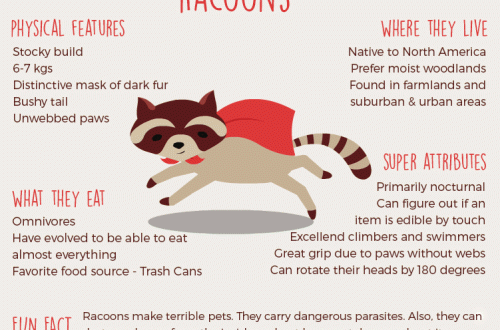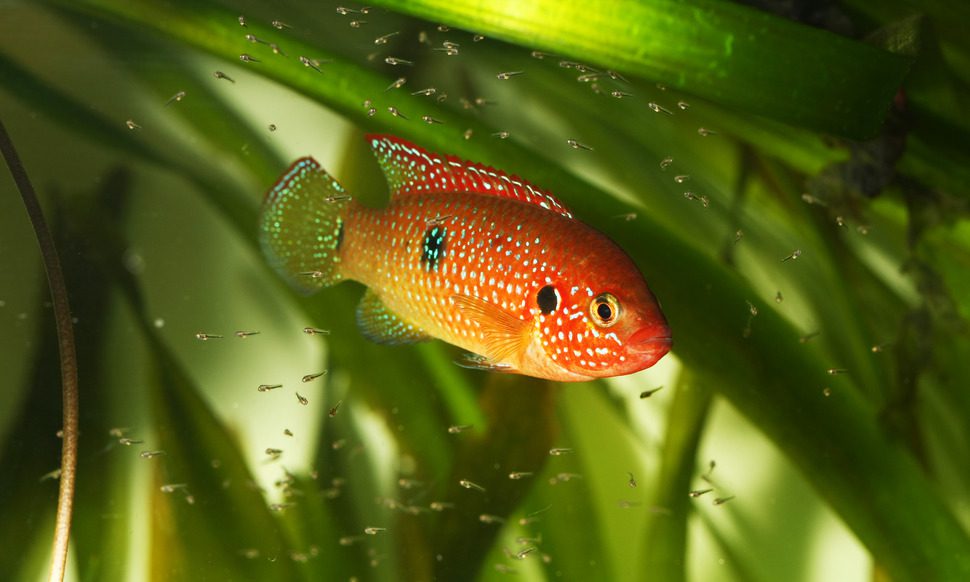
How river, sea and aquarium fish can breed
The life of fish is quite amazing and varied. Some of their species reproduce by spawning. However, there are many ways of such reproduction. In some cases, eggs develop without being fertilized by their male, in others, fertilization is necessary. There are also viviparous species of individuals. Fish can reproduce under different conditions and by different methods. Having been born, small cubs are prepared for independent life in different ways. So how do fish reproduce?
Contents
Features of fish breeding
“How do fish reproduce?” is a question that cannot be answered unambiguously. All types of fish reproduce in different ways and at different ages. In most cases, reproduction occurs sexually. However, some species are characterized by parthenogenesis and gynogenesis – methods of reproduction without fertilization by a male.
What is parthenogenesis and gynogenesis?
Parthenogenesis is one of the methods of reproduction in which fertilization by a male is not required. The eggs develop until the moment of crushing, after which, adjacent to the spawning mounds with fertilized eggs, they begin their development in this way. Only from fully developed eggs do fry appear. With this method fish manage to save the entire clutch of eggs, preventing the eggs from rotting. The following types of individuals reproduce by parthenogenesis:
- herring;
- sturgeon;
- salmon;
- carp and some other species.
It should be noted that most of the eggs, developing by parthenogenesis, still die, only a small part survives to the stage of hatching. Only in the Issyk-Kul grosbeak this method of reproduction leads to the appearance of a large number of viable offspring.
Gynogenesis is the method of giving birth to fry without fertilization by males of this individual. With this method, only female fry are born. Fertilization of eggs occurs by spermatozoa males of other fish species that penetrate the eggs when they are nearby. After fertilization has occurred, the egg begins its development.
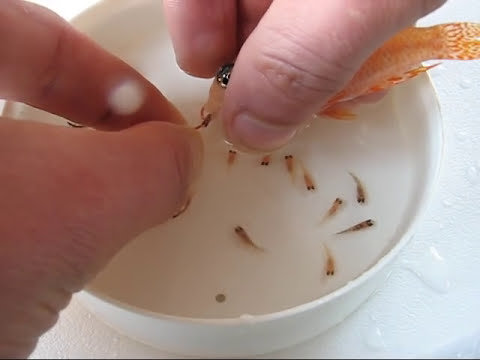

Watch this video on YouTube
sexual mode of reproduction
As a rule, many species of fish are unisexual. However, among such individuals there are species called hermaphrodites. Hermaphrodites are individuals capable of developing both caviar and spermatozoa. Although such individuals cannot self-fertilize their eggs, since their reproductive products (eggs or spermatozoa) do not ripen at the same time, but in turn. For example, the red pagell is able to change sex throughout its life: young individuals of the pagell, as a rule, are females, as the fish grows older, the ovaries are replaced by testes.
This ability – hermaphroditism, is also inherent in herring, salmon, carp, perch species.
Fertilization of eggs also occurs in different ways:
- internal;
- outdoor.
Most fish species reproduce by external fertilization, in which the eggs are fertilized while in the water. As a rule, cartilaginous species reproduce internally, although this type of population increase is also characteristic of bony (sea bass, eelpout) and carp-tooth-like (swordtails, guppies, gambusia) species of individuals.
Depending on the development of eggs, all types of fish are conditionally distinguished into the following categories:
- viviparous;
- ovoviviparous;
- oviparous.
The oviparous method of development is the most common and is the deposition of eggs (eggs) directly into the water. With the ovoviviparous method, fertilized eggs are attached to the posterior part of the oviduct of the female and there they continue to develop until the birth of the fry. In a word, at the moment of laying, the egg breaks and fry are born.
The ovoviviparous method of reproduction is applicable to most cartilaginous fish species: katran, white shark, fox shark, sawnose and others. Some species, such as the stingray, have special outgrowths on the walls of the posterior part of the oviduct, which acts as a uterus, thanks to which they can feed their young with nutrient fluid.
The viviparous method consists in the formation in the female in the posterior part of the oviduct of a structure resembling the placenta of mammals. It is necessary for so that the mother can feed the embryo nutrients. Live birth is inherent in some species of deep-sea sharks.
The main advantage of the ovoviviparous and viviparous methods is to achieve the greatest survival of the cubs, thanks to intrauterine development.
According to the nature of reproduction, all fish are divided into the following groups:
- monocyclic;
- polycyclic.
Monocyclic species are characterized by a single reproduction during their life. With a single spawning, all the eggs of an individual can die. River eel, Pacific salmon, river lamprey, Baikal golomyanka and some other fish are called monocyclic, due to a single multiplicity of reproduction.
But, most species reproduce multiple times throughout their existence, therefore they belong to polycyclic individuals.
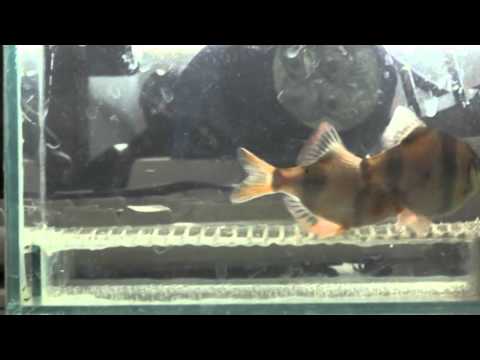

Watch this video on YouTube
The onset of puberty
The age of puberty in all species of individuals is also different. At the same time, the interval from the earliest to the latest puberty in fish is significant. So, small species of individuals, such as gambusia and others, can reach puberty within 1 – 2 months after birth. Sturgeon, in turn, reach sexual maturity only at 15-30 years.
Fish with a short life cycle develop faster and reach sexual maturity earlier. In individuals with a longer life cycle, puberty occurs much later. In Atlantic cod, for example, puberty occurs at 8 to 9 years. Sea bass matures only closer to 15 years.
But the age of puberty of an individual is affected not only by the life cycle and species. play an important role in maturation fish living conditions and their food. The better and more abundant the individual eats, the faster it reaches the required size, which means that its puberty comes faster. Males of most fish species reach sexual maturity faster than females.
Of great importance on the rate of sexual development of fish is the climatic features of their existence. So, for example, bream living in the Aral Seas mature closer to 3 years, in the Northern Caspian – closer to 6, and individuals inhabiting the Middle Volga reach sexual maturity at the age of seven.
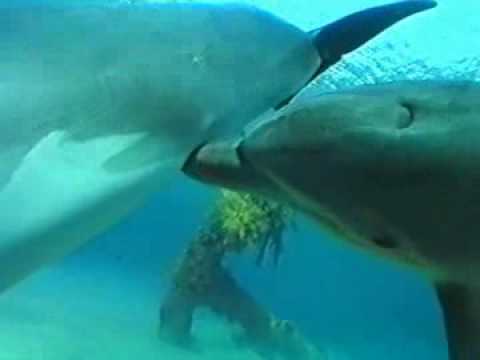

Watch this video on YouTube







